Email communication is a daily part of professional life, but small mistakes can quickly irritate your colleagues. From unclear subject lines to excessive use of “reply all,” these common errors often go unnoticed. Practicing good email etiquette can make your messages more effective and improve workplace relationships. Let’s explore the most frequent mistakes that could be holding you back.
Vague Subject Lines
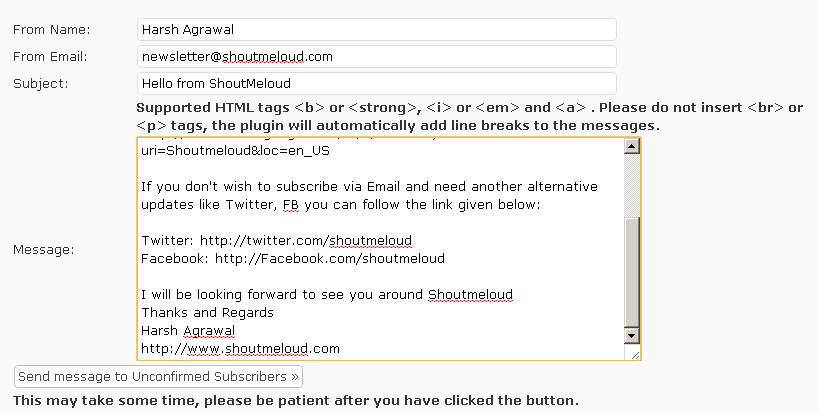
A vague or unclear subject line can leave your colleagues guessing about the content of your email. It’s frustrating when recipients have to open the email just to figure out its purpose. A good subject line should be concise and informative, giving a quick snapshot of the email’s intent. This helps people prioritize their responses and keeps communication efficient. Always ensure your subject line reflects the main point of your message.
Reply All Overuse

Hitting “reply all” when it’s not necessary can quickly clutter inboxes. Not every recipient needs to be involved in the conversation, and overusing this function can waste time. It’s courteous to consider who actually needs the information before sending your response. By limiting the use of “reply all,” you keep inboxes clean and focused on relevant matters. Thoughtful email distribution can prevent irritation and streamline communication.
Overly Long Emails

Long-winded emails can be exhausting to read and difficult to follow. People appreciate concise communication that gets to the point without unnecessary details. If an email is too lengthy, important information might get lost in the shuffle. Breaking up the message with bullet points or short paragraphs can make it easier to digest. Respecting your colleagues’ time by keeping emails brief shows professionalism.
No Greeting or Closing
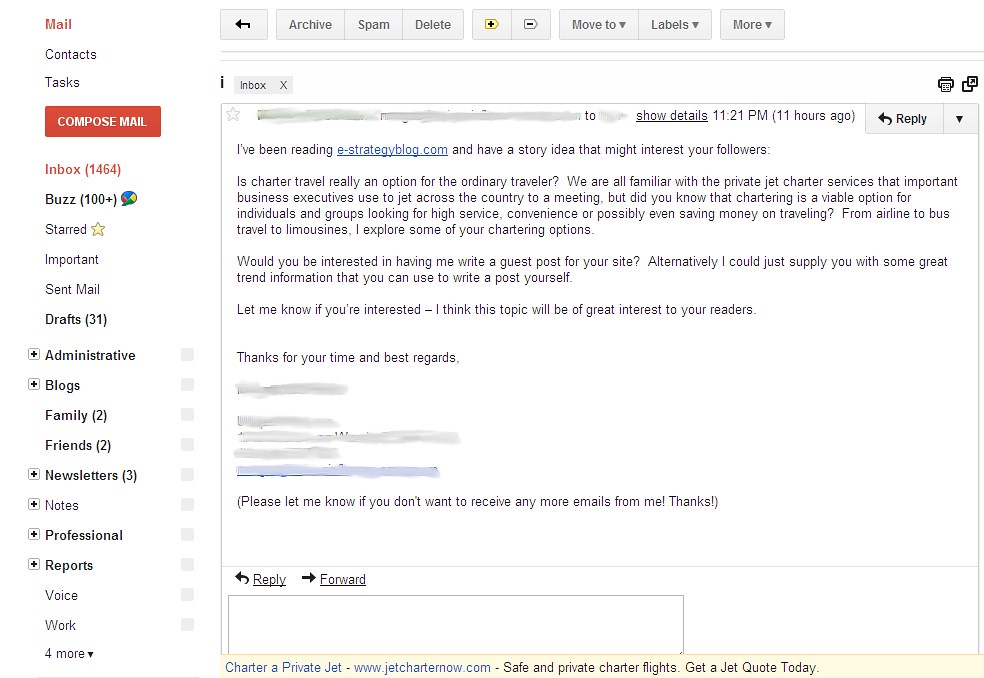
Skipping a greeting or closing in an email may seem trivial, but it can come across as cold or impersonal. Including a simple “Hello” or “Thank you” can make a big difference in how your message is received. It’s a small gesture that helps maintain a polite tone, especially in professional settings. A proper sign-off like “Best regards” or “Kind regards” can also leave a positive impression. Always remember that tone matters in written communication.
Poor Grammar and Typos

Emails riddled with typos and grammatical errors can leave a bad impression. It suggests carelessness and can make your message harder to understand. Taking a moment to proofread before hitting send shows respect for the reader’s time and attention. Even if the content is solid, frequent errors can distract from your point. Double-checking your writing helps ensure clarity and professionalism.
Using ALL CAPS
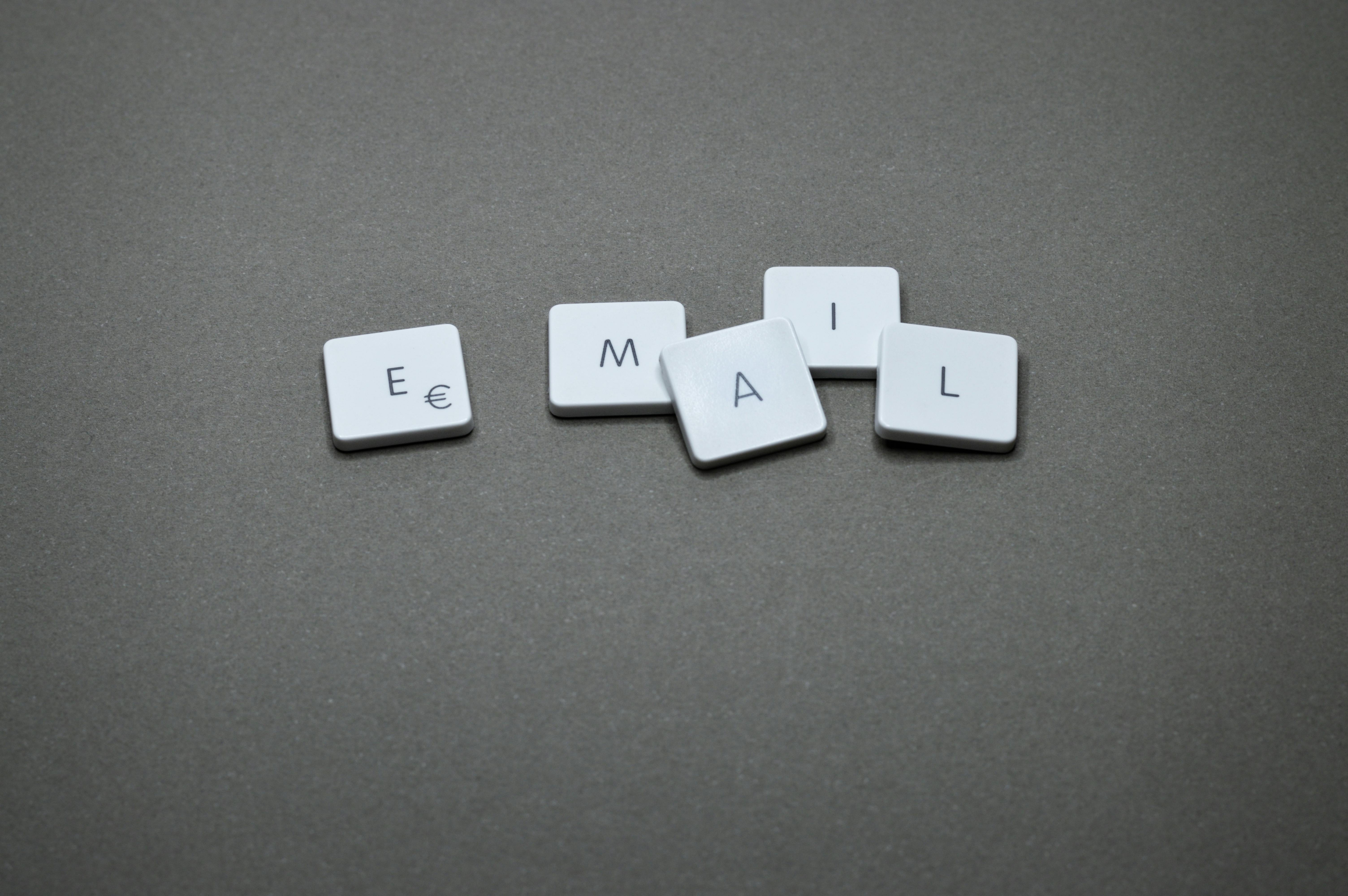
Writing in all caps feels like you’re shouting, even if that’s not your intent. It’s a quick way to make your email sound aggressive or overly urgent. People are more likely to react negatively to an all-caps email, even if the content is harmless. Instead, emphasize important points by using bold text or underlining. This keeps your tone calm while still highlighting key information.
Delayed Responses

Not responding to emails in a timely manner can frustrate your colleagues, especially when they need quick answers. Even a simple acknowledgment can go a long way in showing that you’re on top of things. When you’re slow to reply, it can hold up projects and create unnecessary stress. Setting expectations with a brief reply like “I’ll get back to you soon” can prevent frustration. Timely communication helps maintain trust and efficiency.
Forgetting Attachments

Sending an email that references an attachment without including it can cause unnecessary delays. It’s one of the most common and easily avoidable mistakes in email communication. Colleagues may have to follow up, wasting both their time and yours. Always double-check your attachments before hitting send. A quick glance can save you from a second round of emails and potential embarrassment.
Overly Casual Tone

Being too casual in work emails can come across as unprofessional, especially in more formal settings. Using slang or abbreviations might be fine in personal emails, but it doesn’t always translate well to professional communication. It’s important to strike the right balance between being approachable and maintaining professionalism. Tailor your tone based on the recipient and the context of the message. A more thoughtful approach to tone helps ensure you’re taken seriously.
Excessive Exclamation Marks
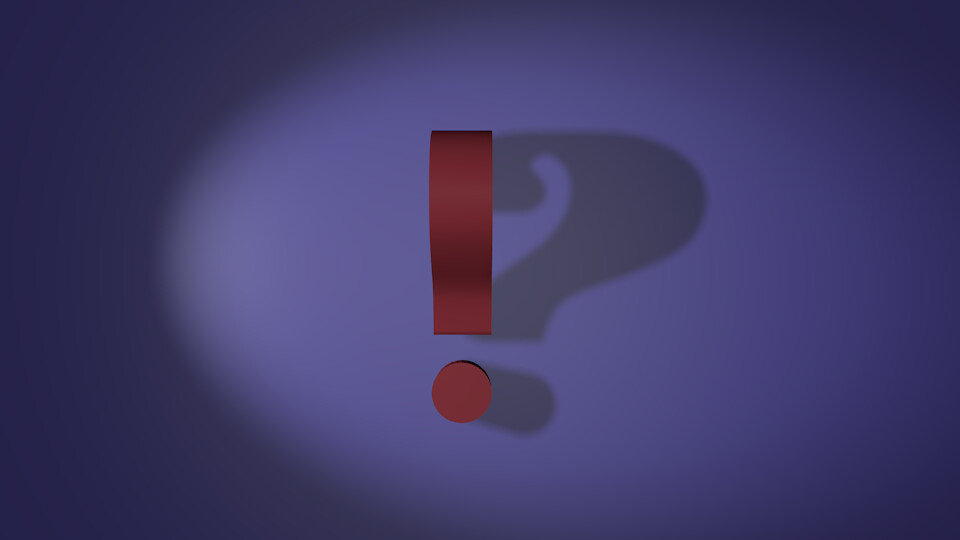
While exclamation marks can express enthusiasm, overusing them can make you seem insincere or overly excited. In a professional setting, it’s best to use them sparingly. One exclamation mark can add emphasis, but too many can feel like you’re shouting or trying too hard. Instead, let the content of your message convey your excitement. A balanced tone is always more effective in maintaining professionalism.
Sending Emails Outside of Work Hours

Sending emails late at night or on weekends can create unnecessary pressure for colleagues to respond outside of working hours. It blurs the line between personal time and work, which can lead to burnout. If your email isn’t urgent, it’s better to schedule it for the next business day. Many email platforms have a scheduling feature, so you don’t have to worry about forgetting. Respecting boundaries shows consideration for your colleagues’ time.
No Clear Call to Action
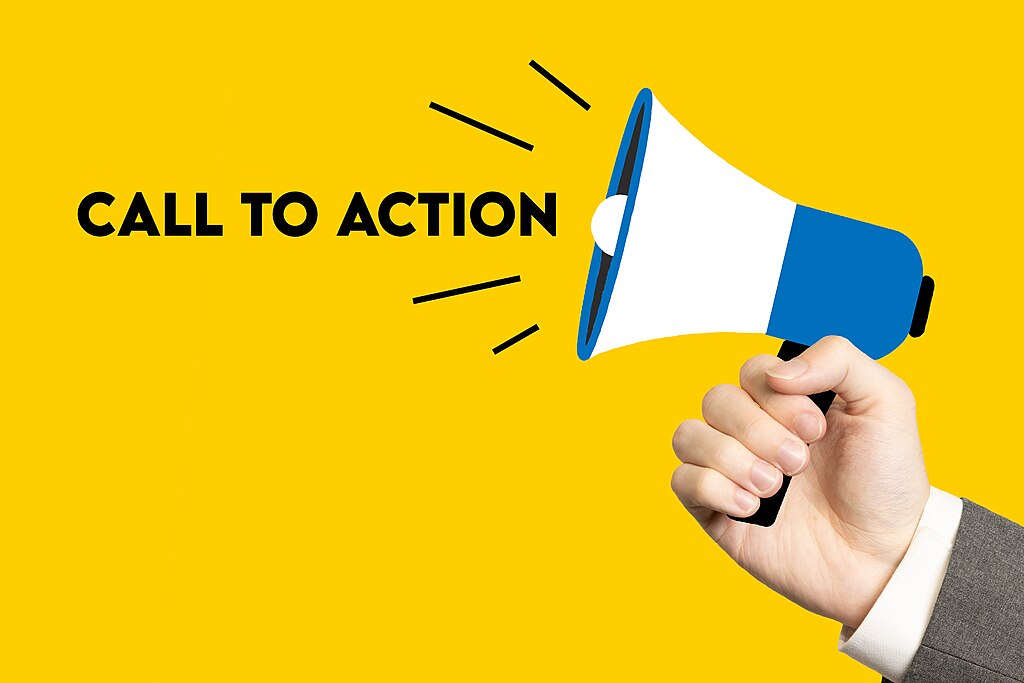
An email without a clear call to action can leave the recipient confused about what you expect from them. Whether it’s a response, a task, or feedback, always make your expectations clear. Vague requests can cause delays and unnecessary back-and-forth communication. Providing a clear next step helps avoid confusion and ensures your email gets the desired result. A simple closing sentence outlining the action needed makes things easier for everyone.
Unnecessary CC’ing
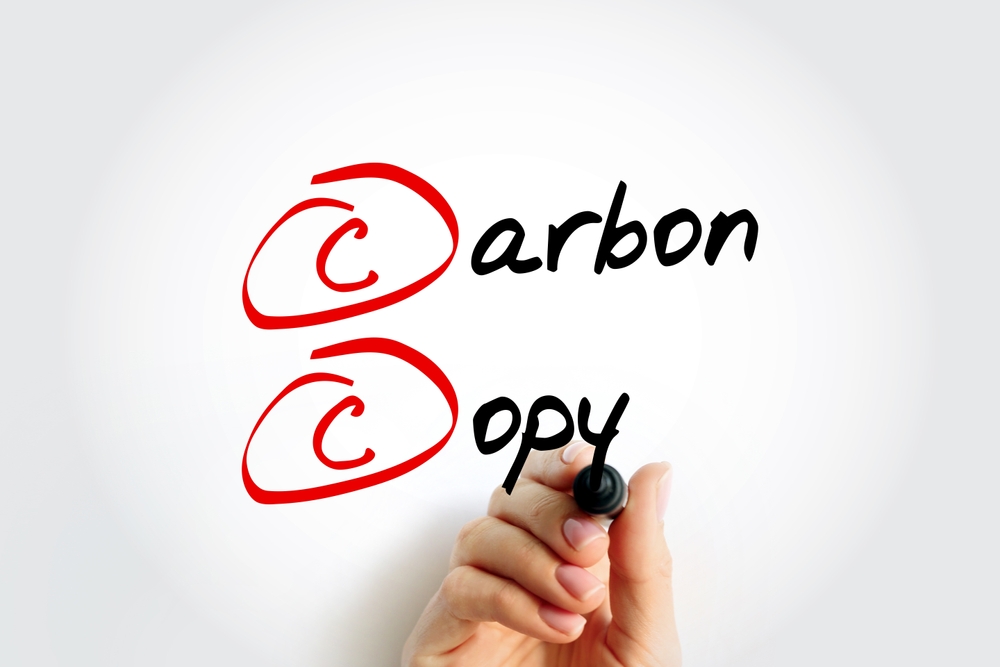
Copying too many people on an email can overwhelm recipients who don’t need to be involved. It clutters inboxes and can make people feel like they’re wasting time on irrelevant conversations. Only include people who are directly impacted by the content of the email. Thoughtful consideration of who should be copied helps maintain a more organized workflow. Keep the focus on the necessary participants to avoid irritating your colleagues.
Sending Multiple Emails in a Short Span
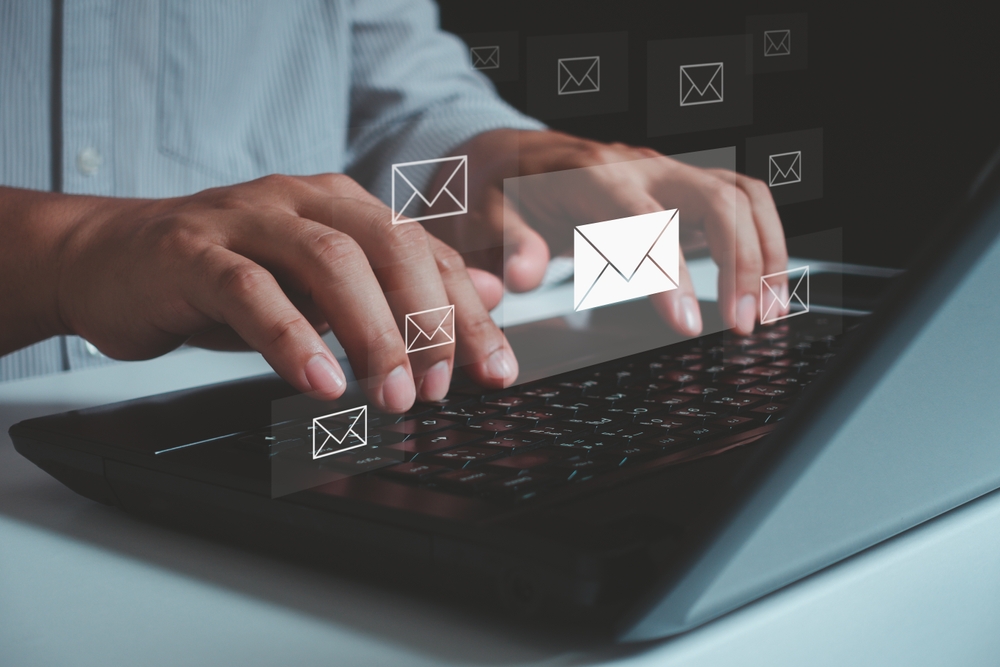
Sending several emails in quick succession can overwhelm your colleagues and make it harder for them to prioritize tasks. It’s better to consolidate information into one well-organized email rather than bombarding someone with several separate messages. This also helps keep conversations more structured and easy to follow. Multiple emails can create unnecessary confusion and slow down communication. Make sure all relevant points are covered in one clear message.
Not Personalizing Messages
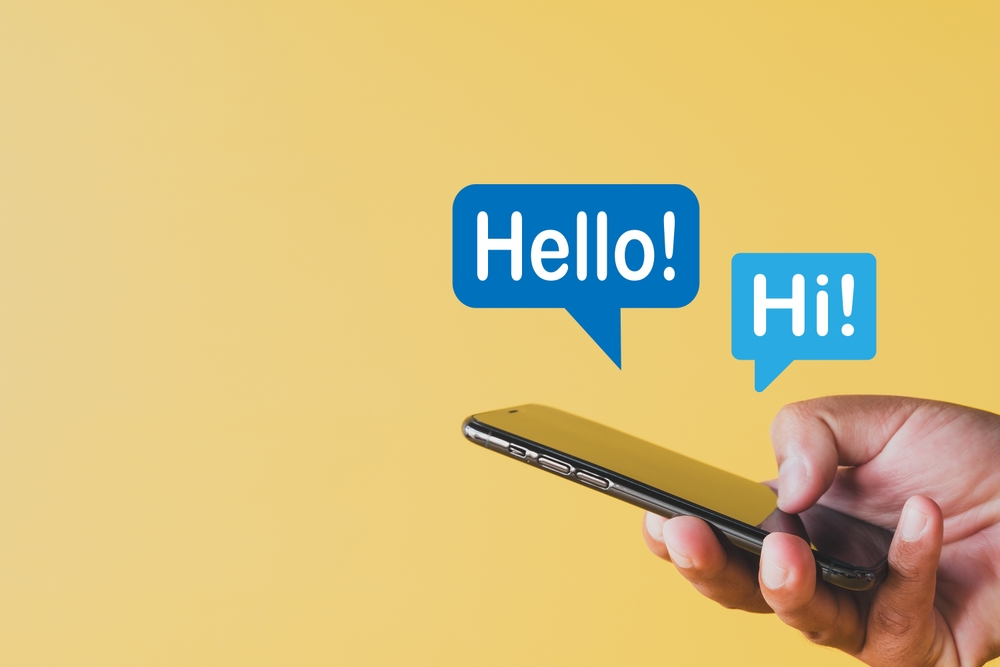
Using a generic greeting like “Hi all” in every email can make your messages feel impersonal. Taking the time to address people by their names adds a personal touch and shows that you value the individual. Personalization helps foster better working relationships and encourages more thoughtful responses. A little effort in tailoring your message can go a long way. It’s a simple way to show respect and build rapport with your colleagues.
Ignoring Previous Emails
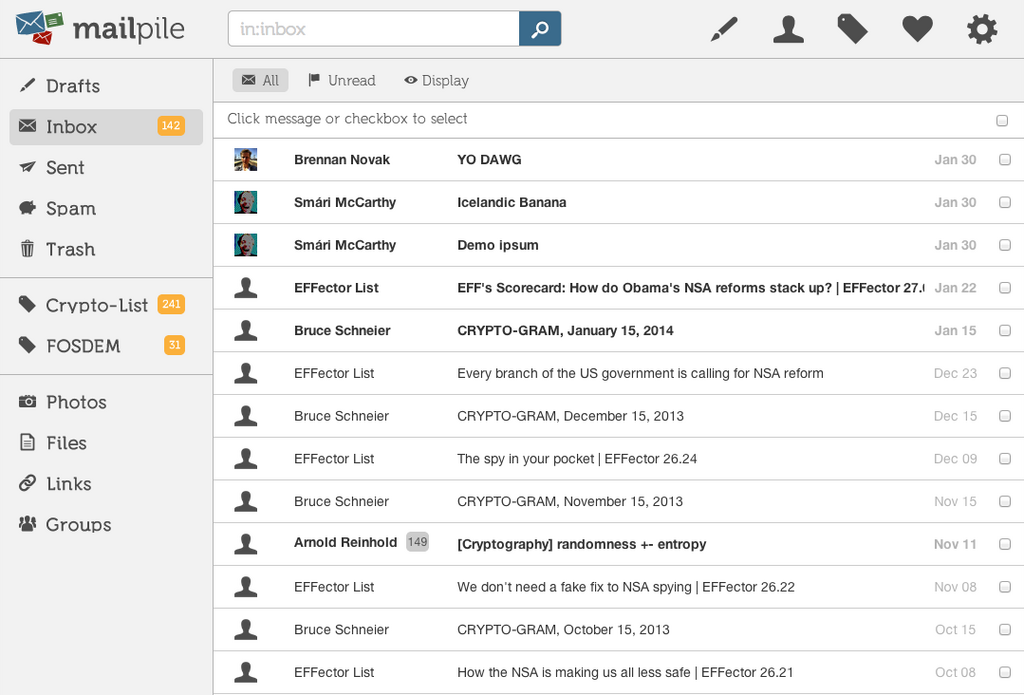
When you ignore or fail to reference important points from previous emails, it can create frustration for the recipient. Colleagues may feel like they have to repeat themselves or that their messages aren’t being read carefully. Acknowledge earlier conversations to show that you’re paying attention and staying engaged. This helps avoid miscommunication and keeps everyone on the same page. Referencing past emails also demonstrates professionalism and attention to detail.
Using Overly Formal Language

While professionalism is important, using overly formal language can make your emails seem stiff and distant. It’s okay to be clear and direct without sounding like you’re writing a legal document. Strike a balance between formality and approachability to make your emails more relatable. Being too formal can sometimes create unnecessary barriers in communication. A friendly but professional tone is usually the best way to engage your colleagues.
Not Using Email Signatures
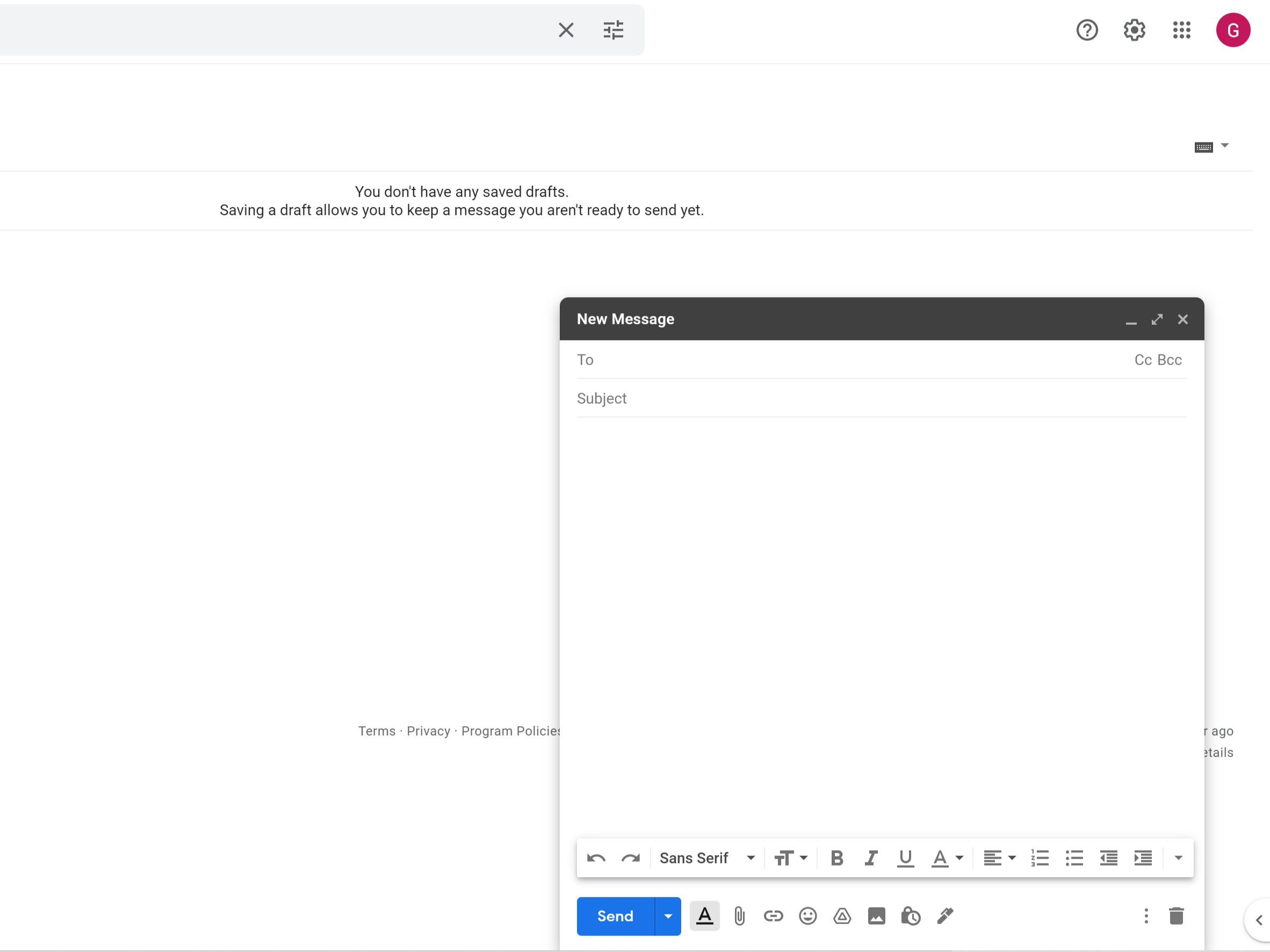
Leaving out a proper email signature can make it harder for your colleagues to reach you or know your role within the company. A well-constructed email signature provides necessary contact information and adds a professional touch to your message. It helps recipients know exactly who they’re dealing with and how to get in touch. If you frequently omit your signature, you risk coming off as unprofessional or difficult to contact. A clear, informative signature makes communication smoother for everyone.
This article originally appeared on UnifyCosmos.
More from UnifyCosmos
15 Classic Snacks We’d Love to See Make a Comeback

Nostalgia often brings to mind the delicious snacks of our childhood. Many of these treats have disappeared from store shelves over the years. Read More
20 Unforgettable Roles in Films You Might Have Missed

Discovering hidden gems in the world of cinema is always a treat. Lesser-known films often feature unforgettable performances that deserve more attention. These actors bring characters to life with incredible depth and nuance. Read More
15 Tips for Nailing the Perfect Day-to-Night Look

Mastering the art of transitioning your outfit from day to night can save you time and keep you looking effortlessly chic. Whether you’re heading straight from the office to an evening event or just want to be prepared for spontaneous plans, knowing how to adapt your look is essential. Read More
Leave a Reply